Affiliate links on Android Authority may earn us a commission. Learn more.
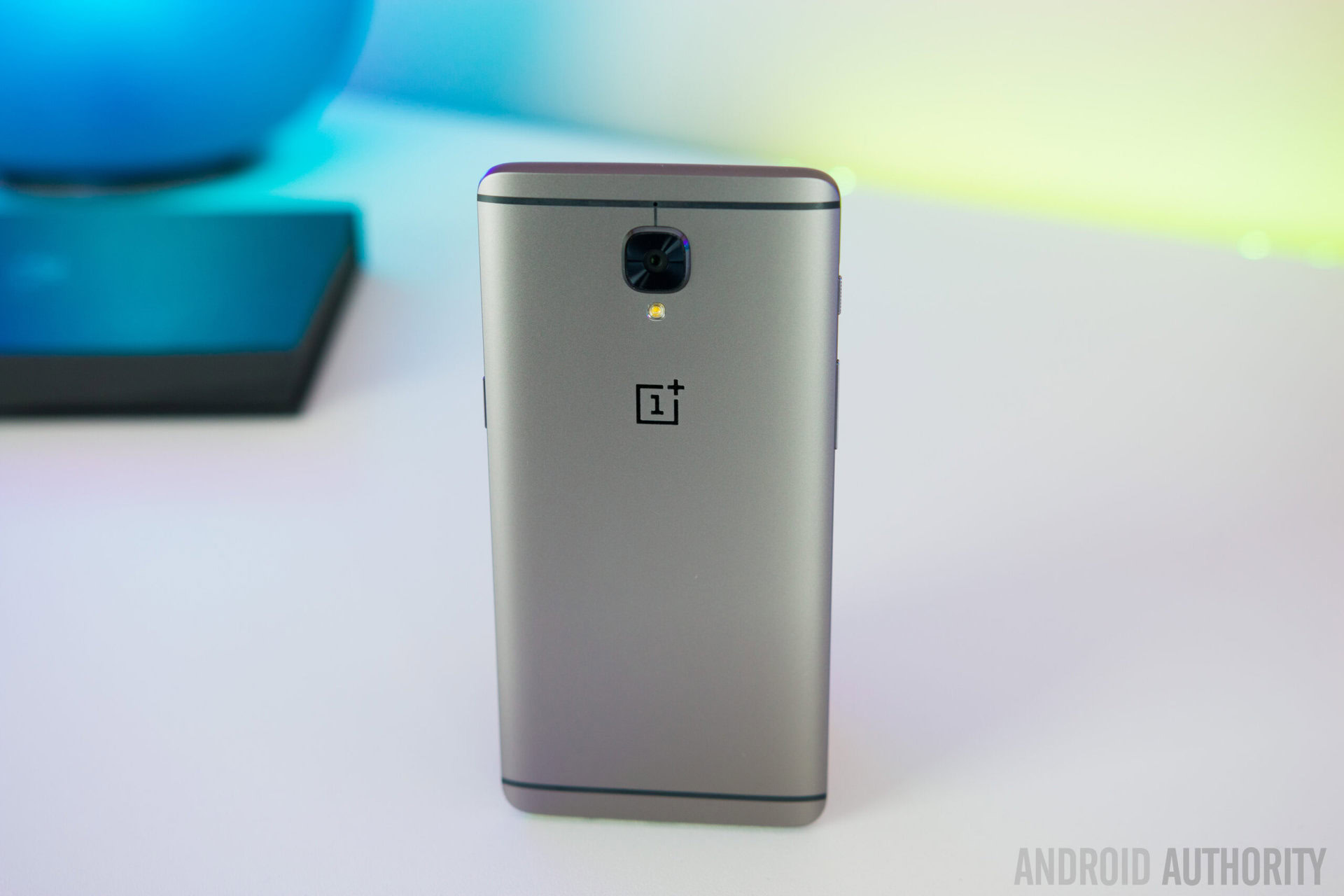
OnePlus 3T review
Published onJanuary 31, 2017
OnePlus OnePlus 3T
What we like
What we don't like
Our scores
OnePlus OnePlus 3T
In the past, OnePlus focused on one primary flagship per year, though this changed in 2016. Only six months after the OnePlus 3 was first announced, OnePlus returned again with the OnePlus 3T. As the name suggests, this device is essentially a souped up, or “Turbo” version of the OnePlus 3 that builds on everything we loved about the first, while giving it a slightly more competitive edge against the competition.
A few months later, the first 2017 flagships have started to surface but the OnePlus 3T remains one of the best options on the market, especially for those that are price conscientious. So what exactly does the OnePlus 3T bring to the table, and how does it compare to the OnePlus 3, as well as more recent competition? Let’s dive in and find out.
Design
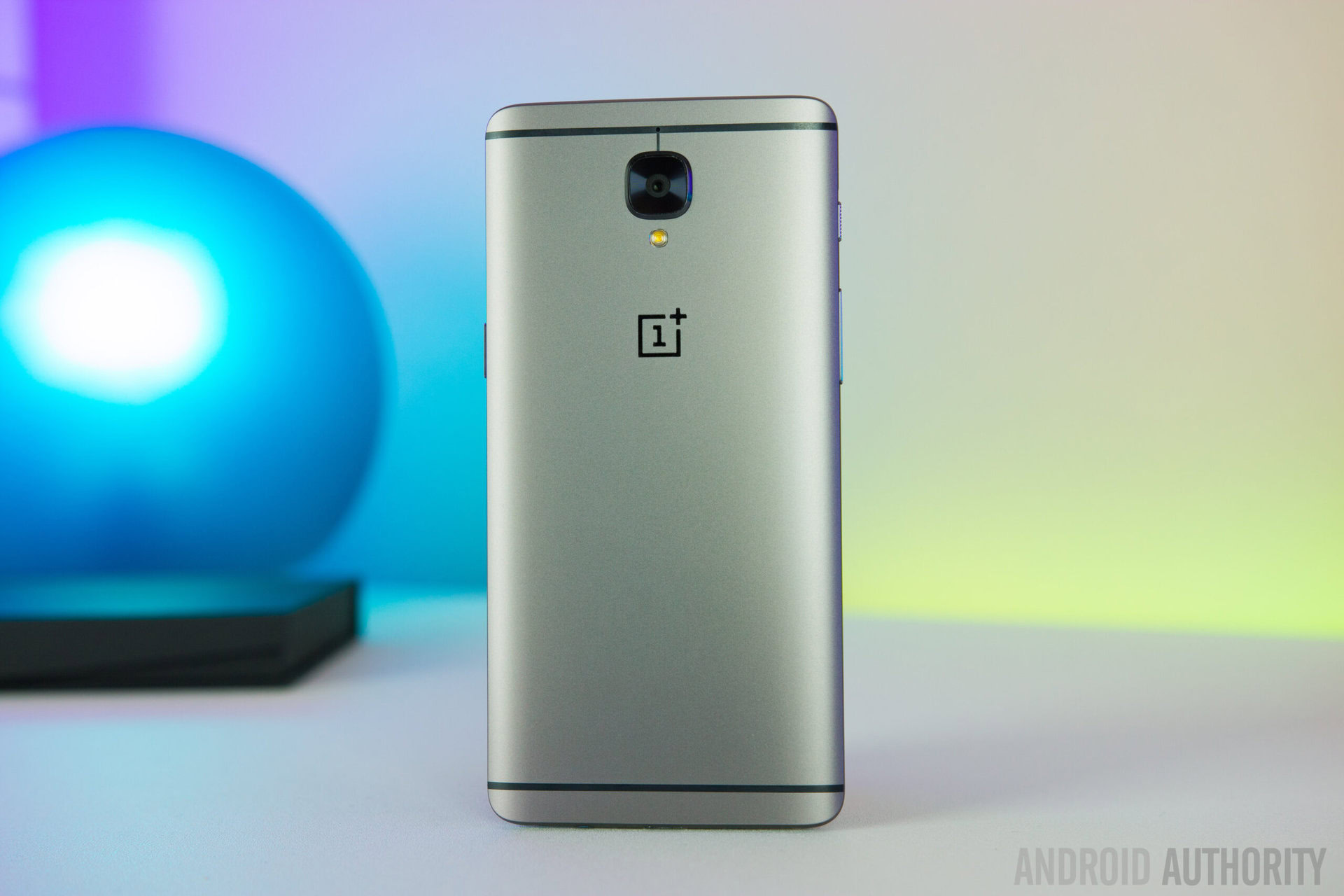
As far as the design is concerened, the OnePlus 3T looks exactly like its older sibling, and features the same full metal unibody construction, with a slightly curved back and rounded sides and corners. Despite being made entirely of metal, the phone is surprisingly light, and because the back tapers along the edges, it feels thinner as well, making for a device that is very comfortable to hold.
It’s also not a very tall or wide phone and is only slightly larger than the Samsung Galaxy S7 Edge, allowing for a comfortable one-handed experience despite coming with a 5.5-inch display. There isn’t any 3T logo anywhere on the device that explicitly indicates that this is the upgraded flagship, and the only way to to really distinguish it from the older OnePlus 3 is by the color.
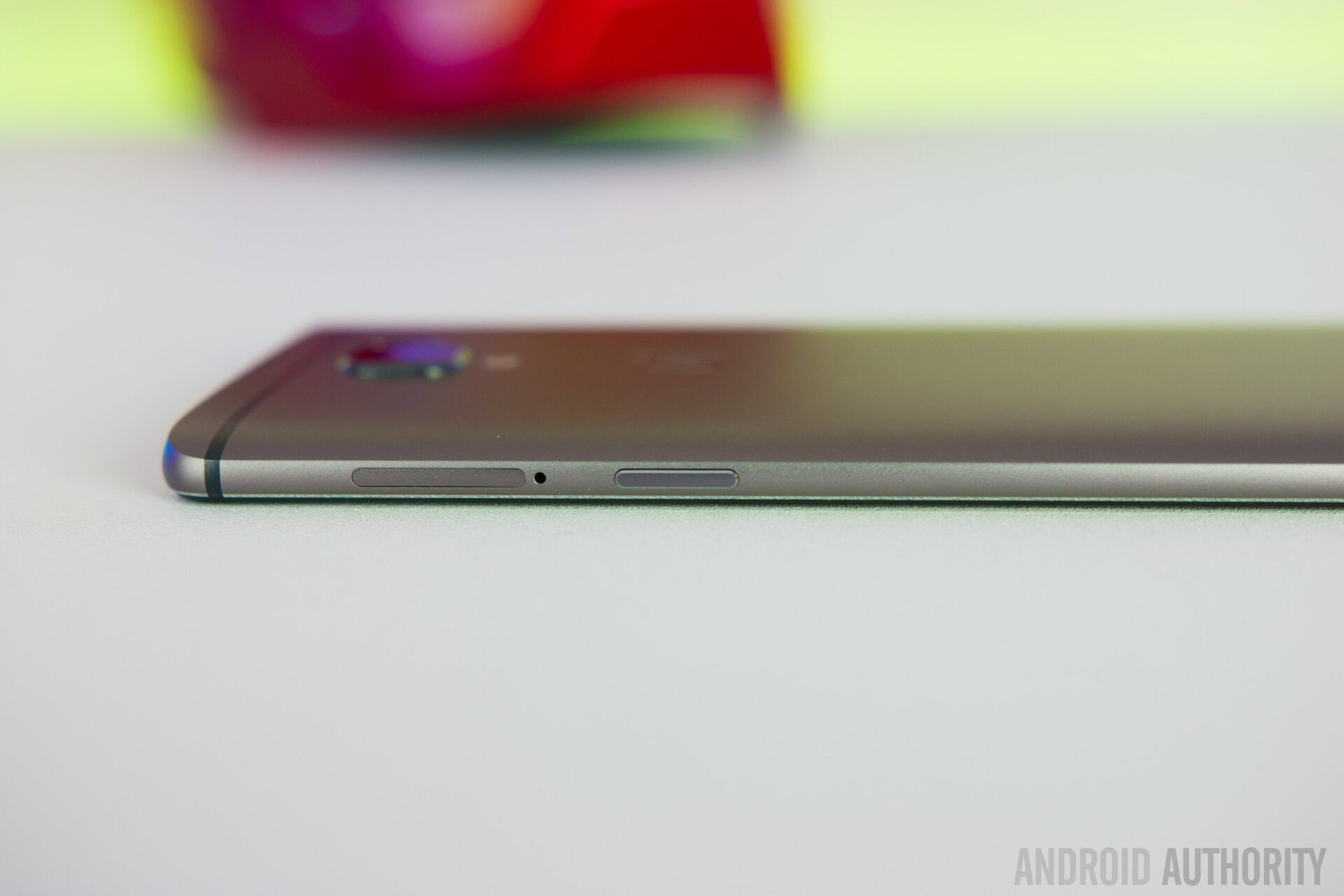
The OnePlus 3T is available in the same gold variant as the OnePlus 3, but the second color option is gunmetal instead of silver. The gunmetal version comes with both 64 and 128 GB options, while the gold iteration only comes with 64 GB of on-board storage.
As was the case with the OnePlus 3, build quality is not an issue here, and everything is very well put together. Taking a look around the device, the power button and volume rocker are on the right and left sides respectively, and the buttons feel very tactile and are easy to press. Above the volume rocker is the very useful Notification Slider, that lets you quickly toggle between silent, do not disturb, and full volume options.
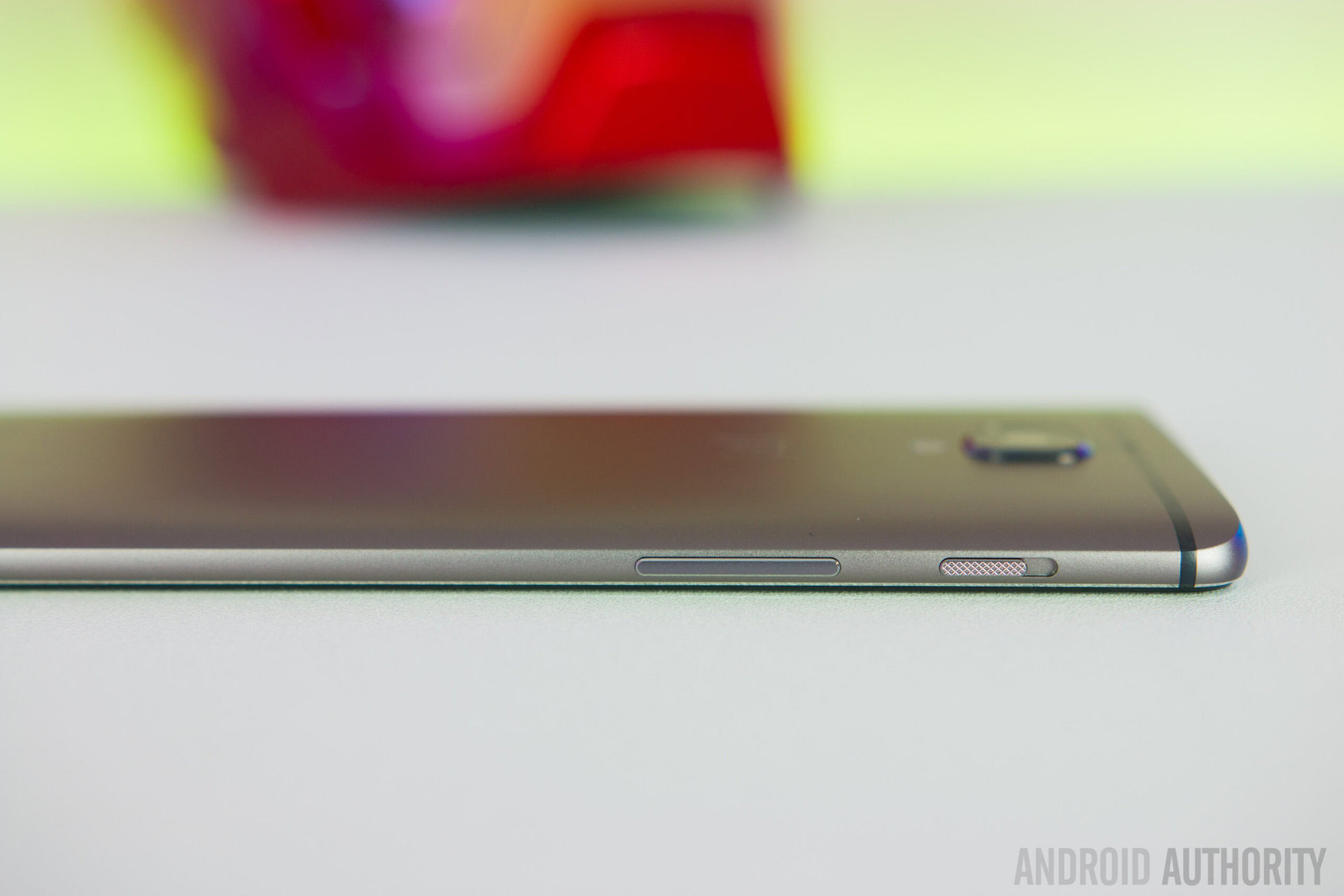
At the bottom is the headphone jack, the USB Type-C port, and the single speaker unit, and up front is the home button with the integrated fingerprint scanner, flanked by capacitive back and Recent Apps keys. The back key is on the left and the Recent Apps key is on the right by default, but you can flip the orientation if you prefer in the Settings.
Display
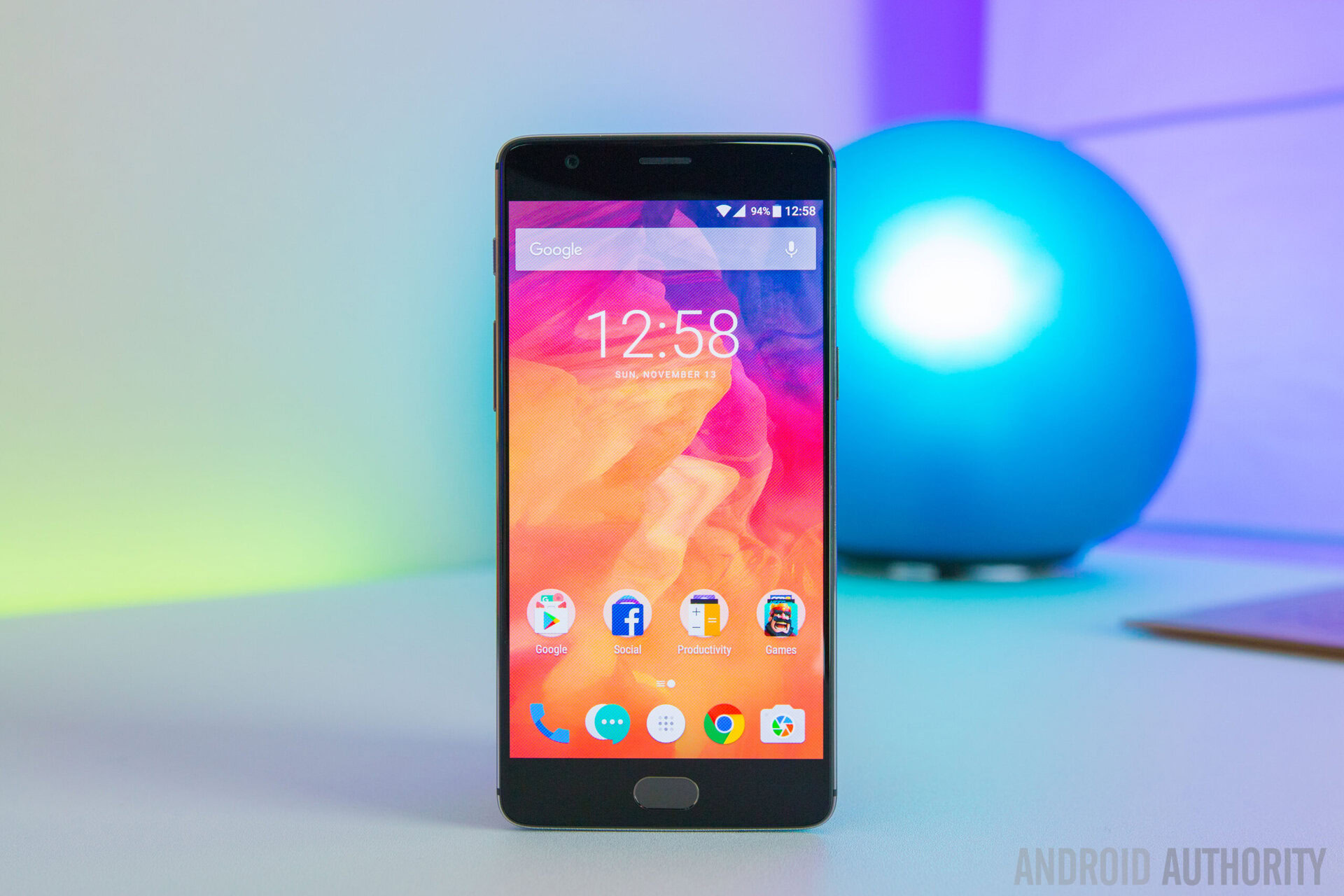
Things remain unchanged on the display side, with the OnePlus 3T also coming with a 5.5-inch AMOLED display with a 1080p resolution. As is expected from an AMOLED screen, you get rich and vibrant colors with a lot of contrast, and the optional dark mode that is built-in to Oxygen OS takes fanastic advantage of the deep inky blacks. If you aren’t a fan of the vibrancy though, it is also easy to switch to a sRGB color mode in the Display Settings that provides a more natural and less saturated look.
Brightness isn’t a concern and allows for comfortable outdoor visibility. Sharpness isn’t a problem either, and to the naked eye, the difference between this 1080p panel and other Quad HD screen won’t be noticeable, unless you are using the phone for VR. OnePlus feels that VR isn’t mainstream enough to justify the jump to Quad HD, and decided to stick to 1080p to aid with the battery life.
Performance
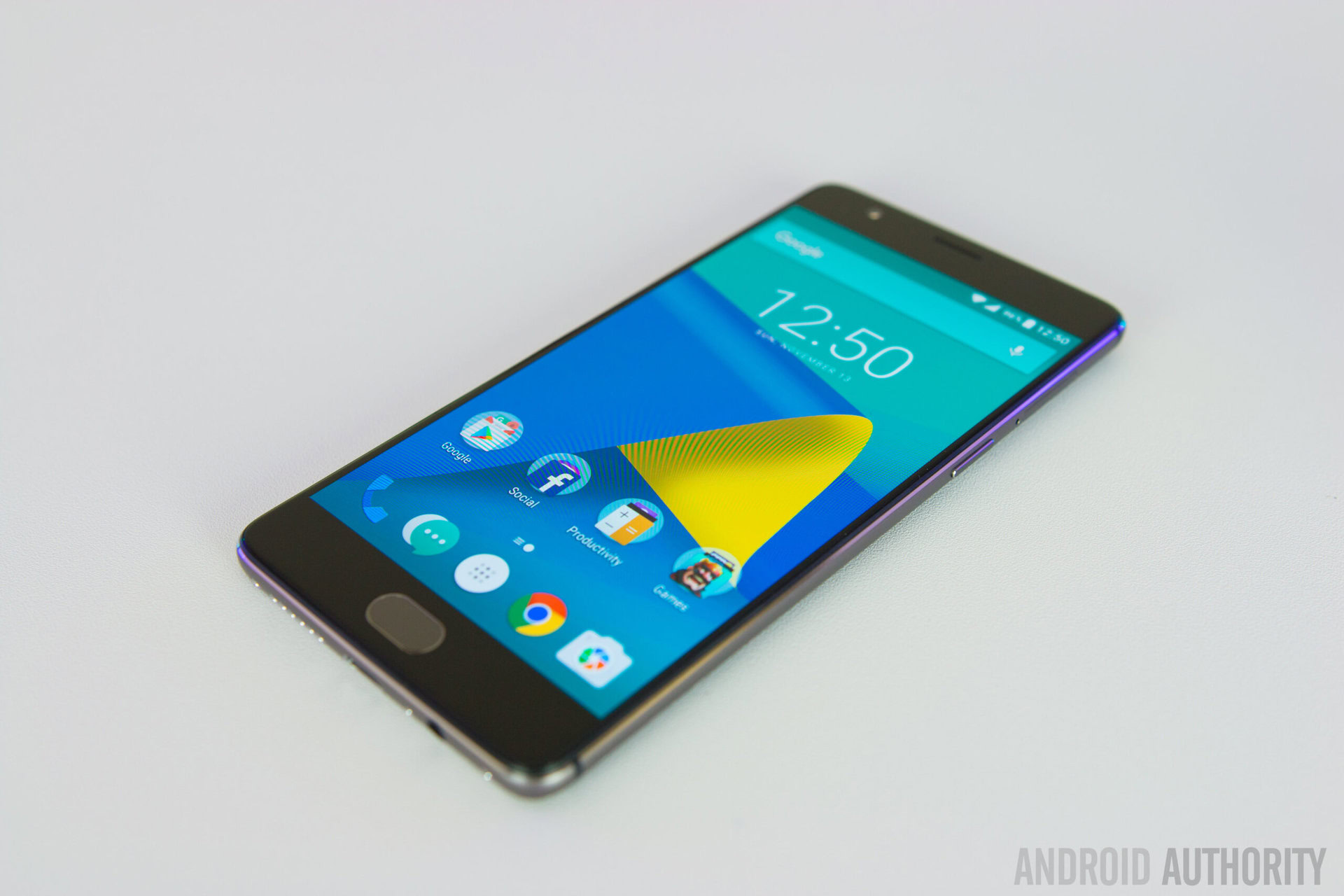
There aren’t a whole lot of differences between the OnePlus 3 and the 3T, but performance is one area that has seen an improvement. Under the hood, the OnePlus 3T comes with the new Qualcomm Snapdragon 821 processor, clocked at 2.35 GHz, which is faster than the one found in the Google Pixel smartphones. The 3T retains the 6 GB of RAM that is also available with the OnePlus 3.
Not surprisingly, the performance is absolutely fantastic with the OnePlus 3T, with the comparatively lower resolution display a contributing factor as well. Opening, closing, and switching between apps is smooth and snappy, the touch responsiveness is excellent, and the device also handles graphic-intensive gaming comfortably, with no dropped frames to be seen.
With 6 GB of RAM, multitasking isn’t an issue either, and you can have a lot of apps in running the background and keep them for a very long time. The OnePlus 3T features one of the quickest and smoothest Android experiences out there. Granted, it may not be as smooth as the experience available with the Pixel devices, but it is certainly up there among the best.
Hardware
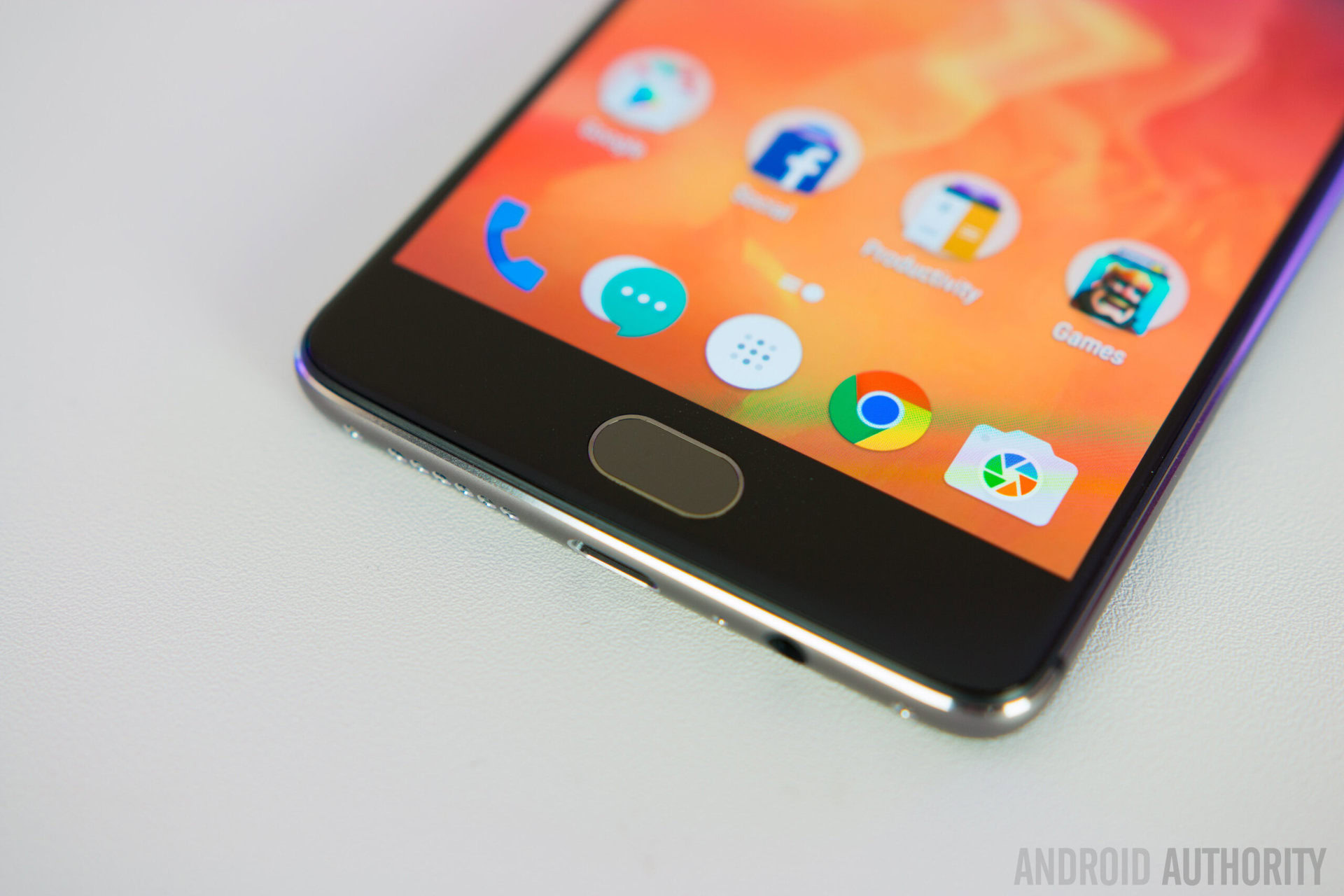
As mentioned, 64 GB and 128 GB are the internal storage options available, but if storage is a concern, users will have to opt for the higher variant, with expandable storage via microSD card not being available. Getting the 128 GB model means that you will also get the new gunmetal color.
The fingerprint sensor that is integrated into the home button up front does unlock the device really quickly, but it is unfortunately not the most accurate scanner out there. It is fairly reliable, but there have been quite a few instances where it misreads my fingerprint. You can also add a variety of long press and double tap functions to the home button and the capacitive keys.
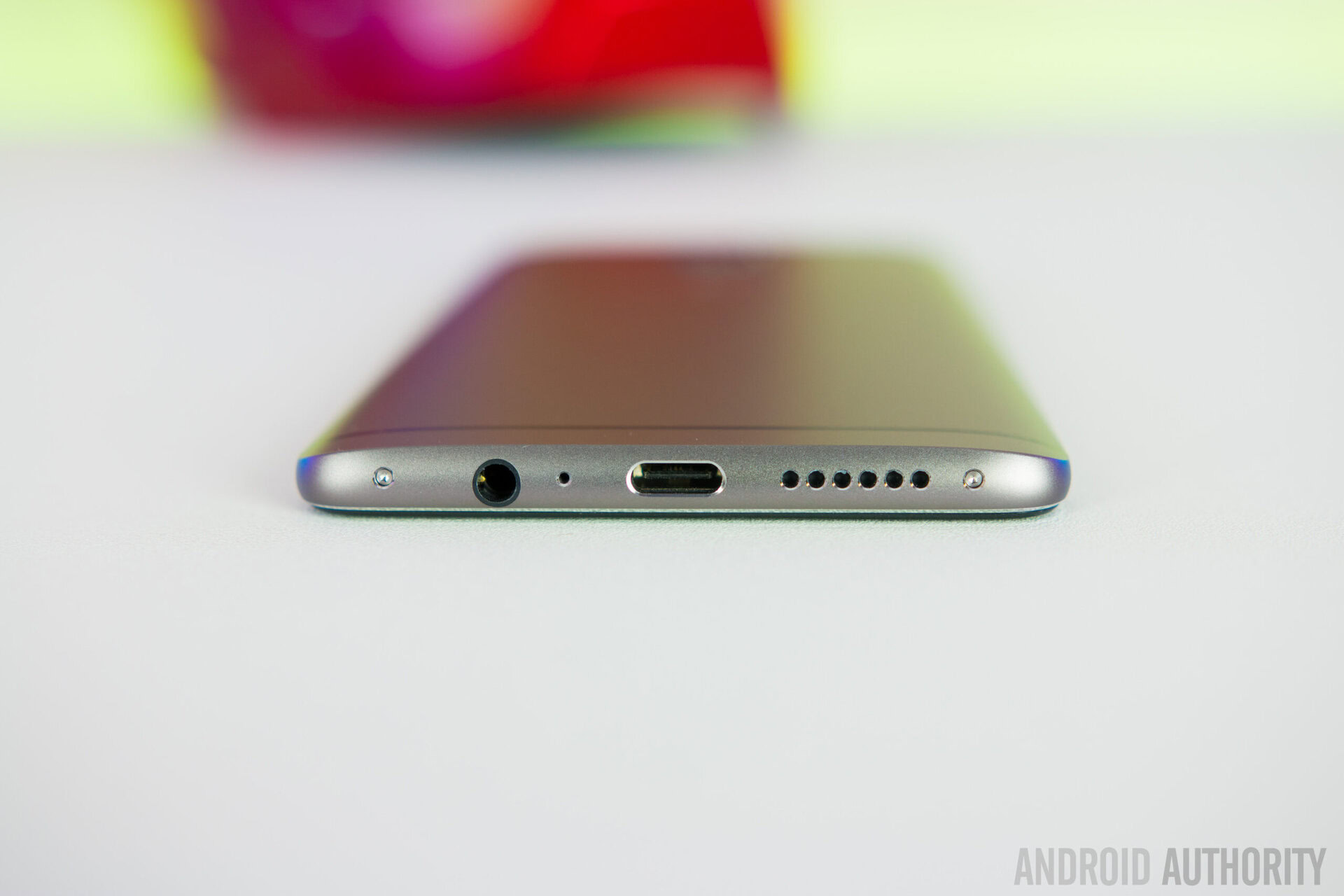
Another area where the OnePlus 3T has received an upgrade is in the battery department, with the device coming with a 3,400 mAh battery, which is a slight bump when compared to the 3,000 mAh unit available with the OnePlus 3. The 13% bump in battery capacity is more impressive when you consider the fact that OnePlus was able to achieve it without making the phone any heavier or thicker than its namesake.
OnePlus’ Dash Charge technology is available here to quickly get the phone back up to a full charge. The biggest advantage with this technology however is that the majority of the heat that is generated during charging is contained in the wall adapter and doesn’t make its way to the device. This also means that you can use the phone while it is charging, without worrying about the charging speeds being throttled in order to control the device temperature.

OnePlus claims that you can get a full day of battery life after charging the device for just half an hour. In my experience, that translates to a charge to 60% in half an hour, which is certainly impressive, and very useful if you don’t have a lot of time to fully charge your phone.
As far as the battery life is concerned, the overall experience has been extremely good. The phone easily lasts all day even with my fairly heavy usage, which typically consists of several hours of gaming, watching videos on Youtube, and streaming music, throughout the day. So, while this bump in battery capacity may seem small, it seems to make a significant difference to the battery life.
Camera
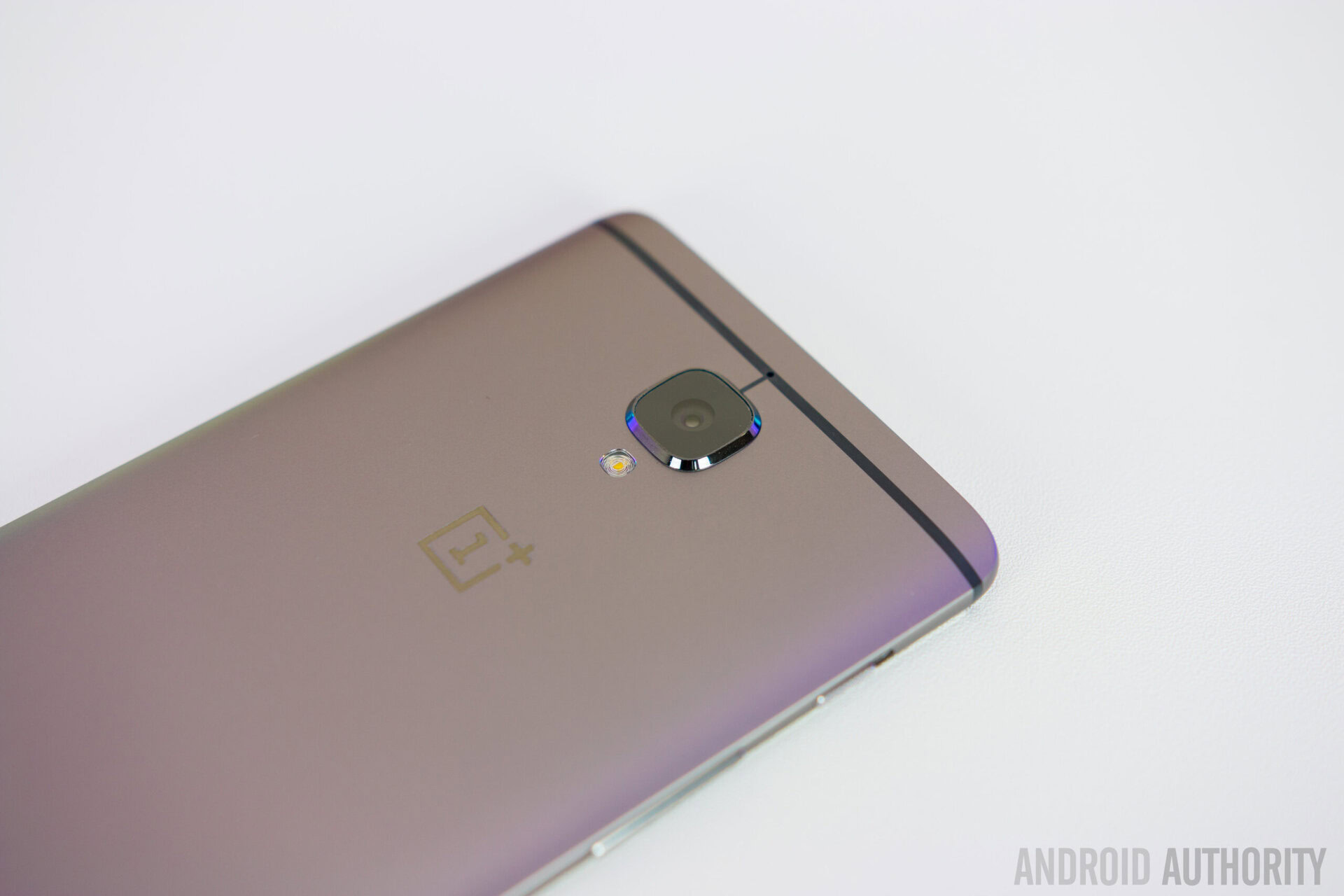
The final area that has seen an upgrade from the OnePlus 3 is with the camera, but this change is more focused on the front-facing shooter, which is now a 16 MP unit, which is double the 8 MP sensor that was found with the OnePlus 3. The rear camera is the same 16 MP unit that was available with the OnePlus 3, and comes with a f/2.0 aperture, optical image stabilization, and phase detection autofocus.
The front-facing camera also comes with an f/2.0 aperture, which helps a lot when taking selfies in low-light conditions. With the bump in megapixel count, you will also have a lot more room to zoom and crop without any deterioration in the quality of the picture, and also enjoy sharper looking video. Overall, you get a far better experience with the front-facing shooter now than you did with the OnePlus 3.
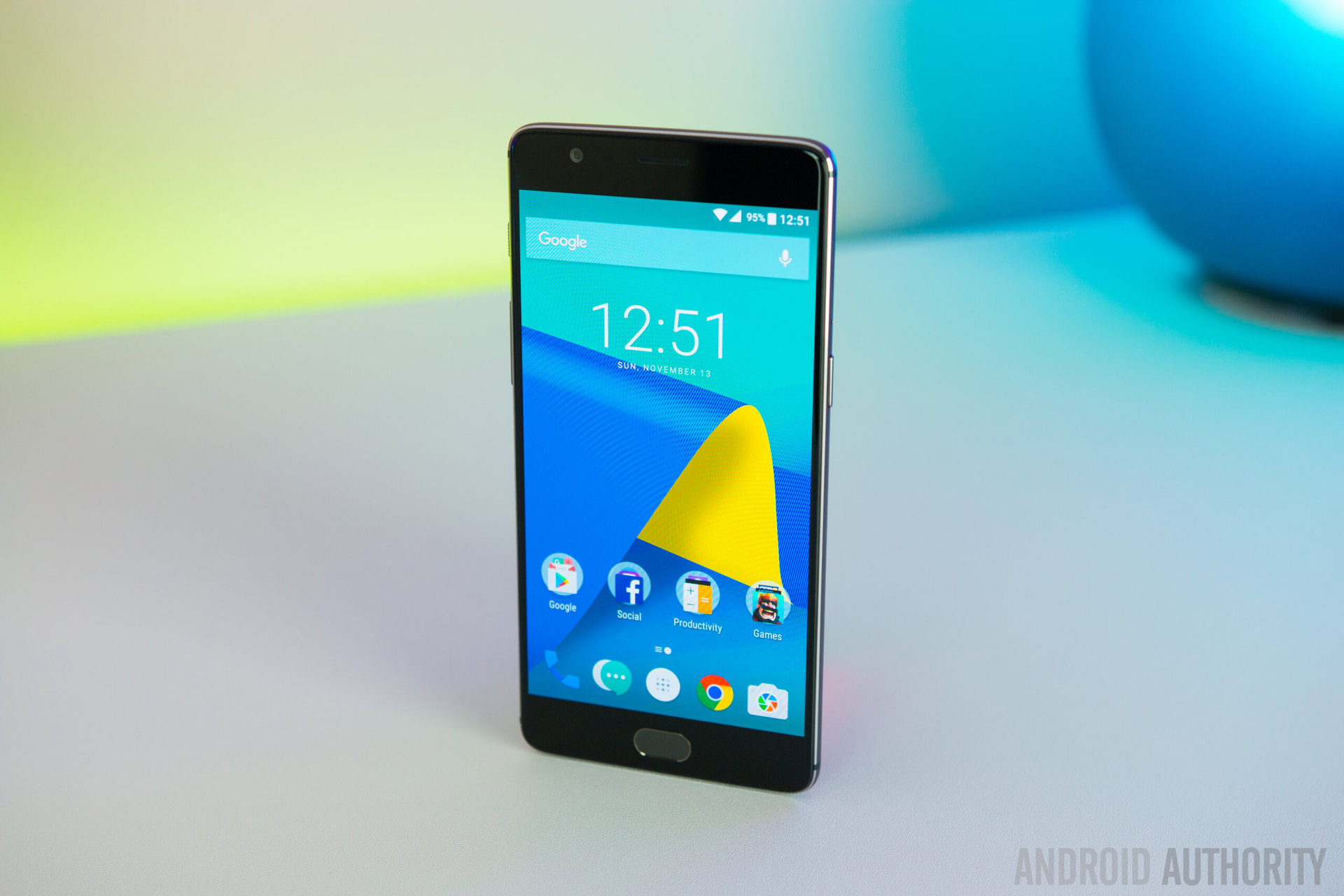
The default camera app is pretty similar to the Google Camera, with many of the same modes to be found here, including Timelapse, Slow motion, and Panorama. The only exception is that manual controls are available if you are looking to dial in the setting yourself, but it is otherwise a very nicely laid out and easy to use camera application.
This is definitely a good camera with it comes to picture quality. Photos are crisp and well detailed, and I really like the color reproduction. You get nice, natural looking colors, and the images are sharp enough, but without looking oversharpened and artificial. If you do want some extra sharpening, the HQ mode is available, which adds a fairly noticeable amount of sharpening to the photos. However, the images looked fine in most situations, and I rarely had to use this feature.
In terms of dynamic range, the camera does have a tendency to overexpose the shot and blow out a lot of the highlights, but HDR mode alleviates this problem easily. It does a great job of pulling extra detail from the highlights and shadows, while still maintaining the natural look of the original image. Low-light shots can be good, but onl when using the HQ mode. Without it, images are noisy and soft, and the mode allows for sharper, more detailed images that are a lot cleaner.
Software
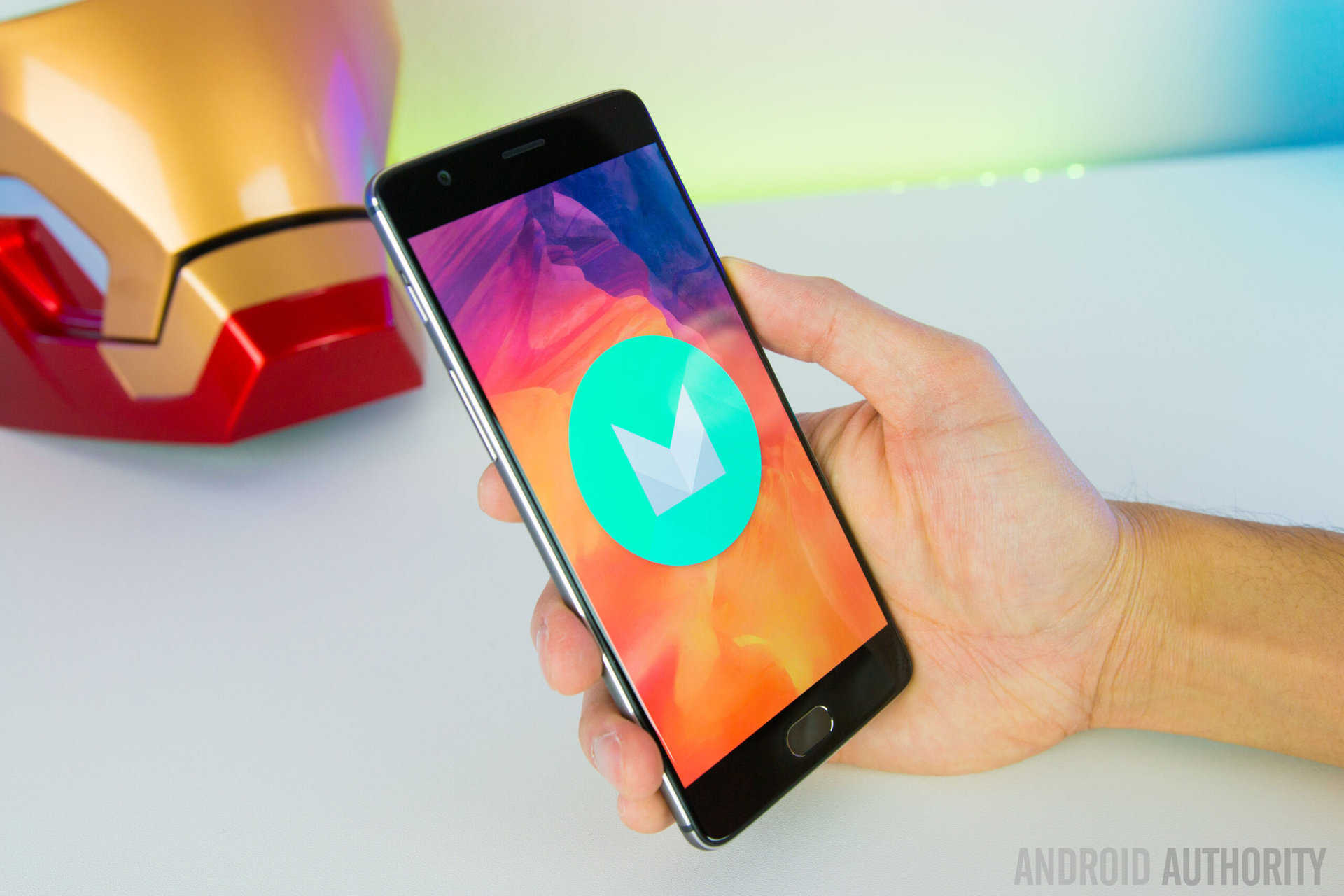
On the software side of things, the OnePlus 3T is running the latest Oxygen OS 3.5.1 based on Android 6.0 Marshmallow, and you get a very stock Android look and feel here, but with a lot of customizations available that add to the experience without getting in the way.
Shelf is still accessible by swiping to the left of the home screen, and holds a lot of information, including the weather info and your recent contacts or used apps. You can also compose memos and manage your data, storage, and battery life, and there any widget can be added here, instead of having them take up space on the other home screens.
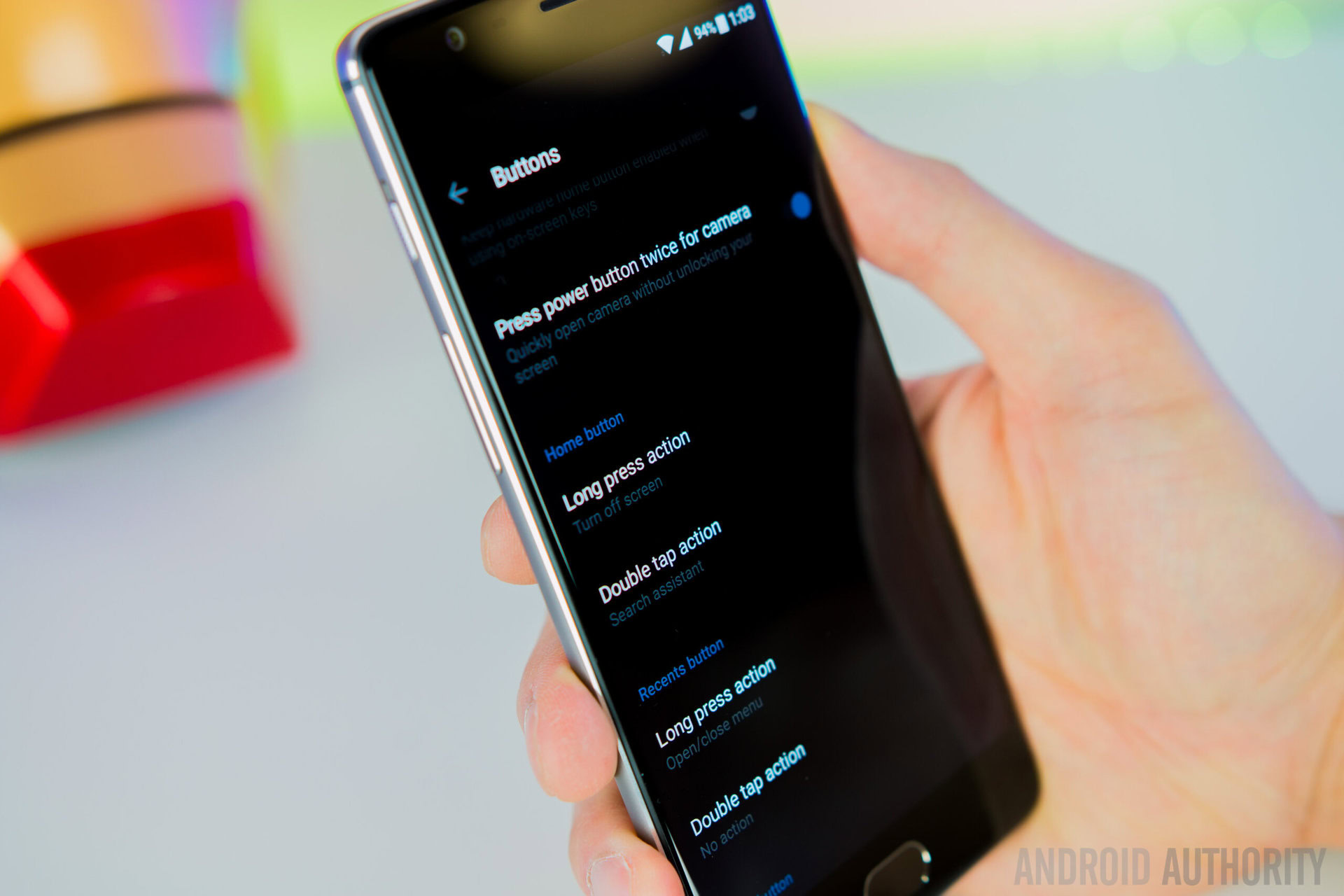
A few new customization options have been added to the latest version of the Oxygen OS, such as a built-in night mode, that makes the viewing the screen easier on your eyes at night. There are custom accent colors, support for third party icon packs, and the screen off gestures like double tap to wake, or the ability to launch the camera or flashlight by drawing on O or a V on the screen.
You can truly tailor the experience to exactly the way you like it, and that is one of the best parts about Oxygen OS. This updated version introduces some new features to further refine the experience. You can now swipe down on the screen with three fingers to take a screenshot, and add a password or use your fingerprint to lock down any application.
Despite still being based on Android Marshmallow, OnePlus has also updated the notification shade to the Android 7.0 Nougat style that comes with easy access to the Quick Settings with one downward swipe. OnePlus hasn’t announced a specific date as to when an official update to Android 7.0 Nougat will be available, but it is slated for the end of the year, and will be made available for both the OnePlus 3 and 3T.
Specifications
| OnePlus 3T | |
|---|---|
Display | 5.5-inch Optic AMOLED display 1920 x 1080 resolution, 401ppi Corning Gorilla Glass 4 |
Processor | 2.35GHz Qualcomm Snapdragon 821 |
GPU | Adreno 530 |
RAM | 6GB LPDDR4 |
Storage | 64 or 128GB (Gunmetal only) UFS 2.0 |
MicroSD | No |
Ports | USB 2.0, Type-C Dual nano-SIM slot 3.5 mm audio jack |
Buttons | Capacitive hardware keys and on-screen navigation support |
Audio | Speakers: Bottom-facing speaker Microphones: Dual-microphone with noise cancellation |
Cameras | Rear: 16MP Sony IMX 298 sensor, 1.12μm, f/2.0 aperture, OIS, EIS, phase detection autofocus Front: 16MP Samsung 3P8SP sensor, 1.0μm, f/2.0 aperture, fixed focus |
Sensors | Fingerprint, Hall, Accelerometor, Gyroscope, Proximity, Ambient Light, Electronic Compass |
Connectivity | Wi-Fi 802.11 a/b/g/n/ac Bluetooth 4.2 NFC |
Battery | Non-removable 3,400mAh Dash Charge (5V 4A) |
Software | OxygenOS based on Android 6.0.1 Marshmallow |
Colors | Gunmetal Soft Gold (Available shortly after launch) |
Dimensions and weight | 152.7 x 74.7 x 7.35mm 158g |
Gallery
Pricing and final thoughts
The faster processor, an improved front-facing camera, and larger battery capacity also results in a bump in the price point, with the 64 GB model priced at $439, and the 128 GB iteration setting you back an additional $40. The OnePlus 3T will be available on November 22 in the US and November 28 in Europe.
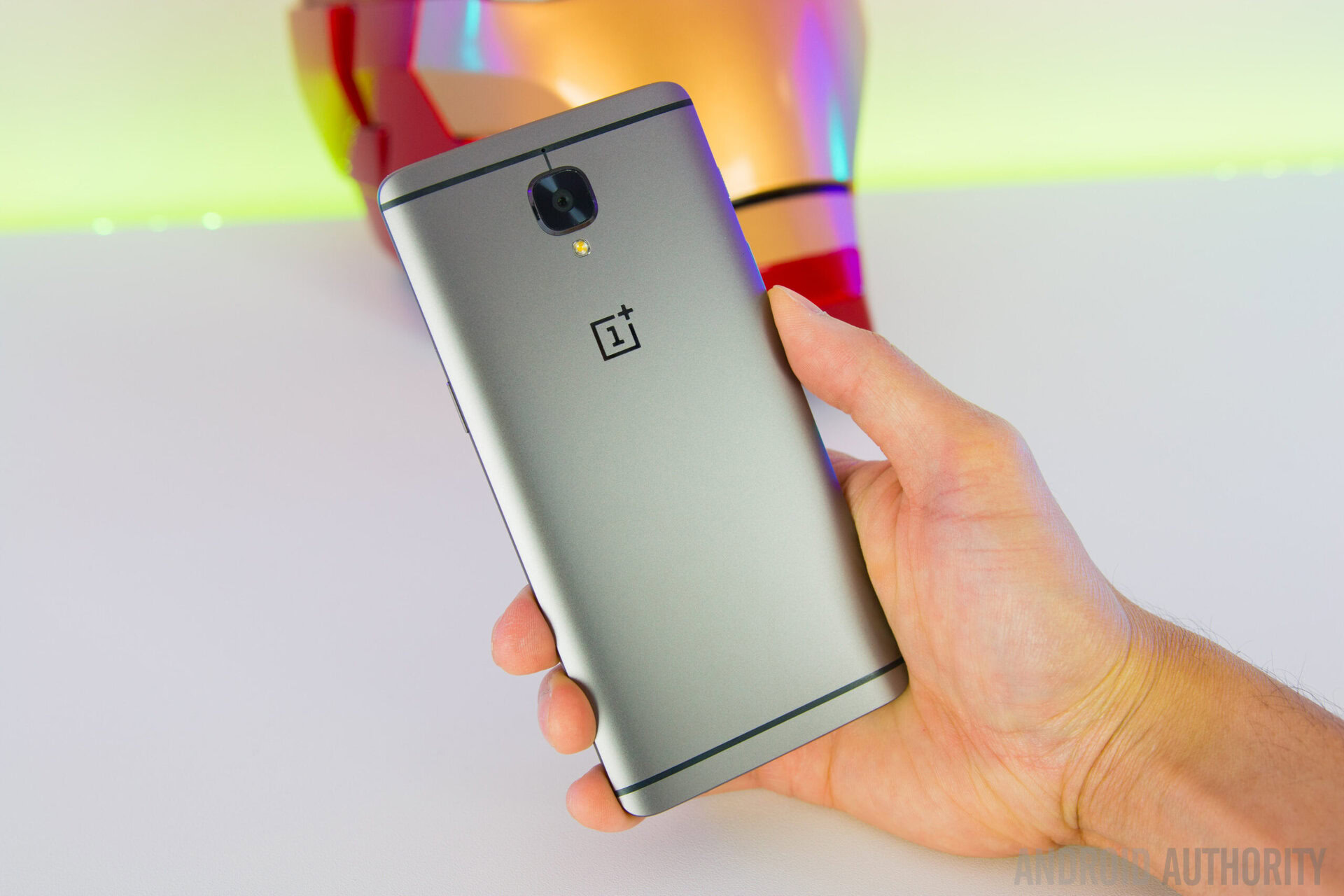
So, there you have it for this in-depth look at the OnePlus 3T review! If you already have the OnePlus 3, the 3T really isn’t compelling enough to justify an upgrade. The improvements are nice, but the overall experience isn’t significantly different between the two, and if software updates are a concern, the good news is that both devices will receive them at the same time.
On the other hand, those who have been waiting to see what Google had to offer with their smartphones and were holding off on buying the OnePlus 3 will certainly be elated. Given the upgrades, the $40 and $80 difference in price from the OnePlus 3 is completely understandable, and still undercuts a lot of other flagships. What you get for the money does make the OnePlus 3T one of the best deals you can get for an Android flagship, and is a smart move by the company.
It also holds pretty well against the competition, even more expensive options, and remains among our list of best Android smartphones available right now.